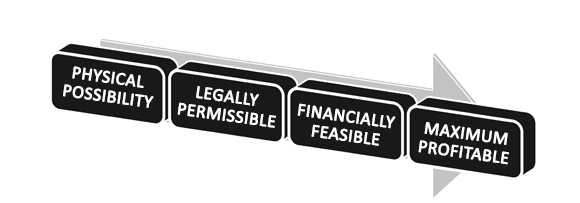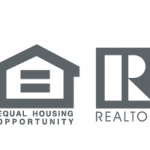
When I first begin an analysis on a property’s market value, step one is to determine “Highest and Best Use”. Without doing this first critical step, an agent’s opinion of value could be way off the mark.
Highest and Best use is defined as:
The reasonably probable and legal use of vacant land or an improved property, which is physically possible, appropriately supported, financially feasible, and that results in the highest value.
In essence, it means a use yields the highest residual value. In estimating the highest and best use of a property, there are essentially four stages of analysis: the use must be (1) physically possible; (2) legally permissible; (3) financially feasible; and (4) maximally productive, resulting in the highest residual land value.
Is the land more valuable than the improvements? Will a residential tenant pay a higher rent than a commercial tenant? Is the time and cost of subdividing a lot and building multiple homes higher than renovating an existing home?
I have seen agents who had provided an opinion of value for a house when in reality the highest and best use was to demolish the house and build anew. It can get tricky, especially in Portland where landlord-tenant laws have made renting more costly and zoning overlays and historic districts can make it difficult to determine exactly what the city would allow to be built.
However, most of the time determining Highest and Best Use is easy. Take a look around the subject property and see what everyone else is doing. That is a pretty good indication of what use will provide the highest return on investment.

 Facebook
Facebook
 X
X
 Pinterest
Pinterest
 Copy Link
Copy Link


